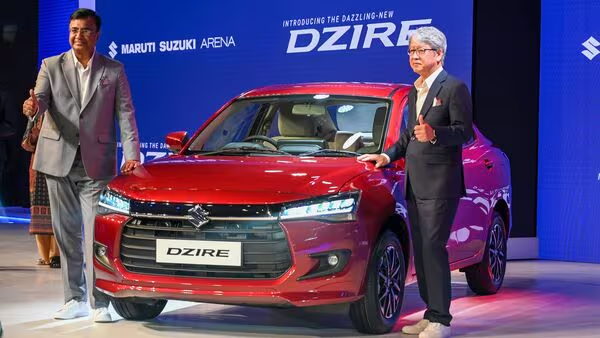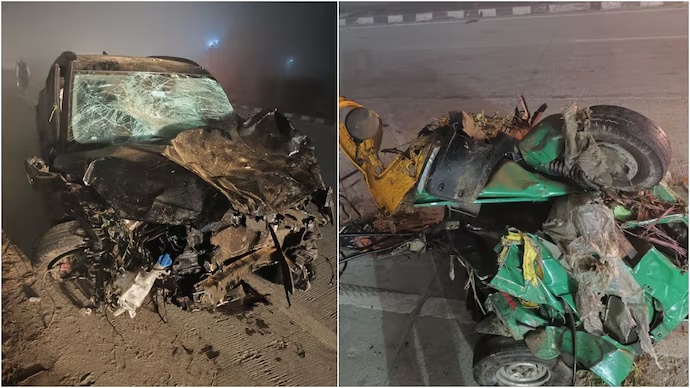The company’s recent redesign of the Dzire aims to reignite retail buyer interest, given the model’s popularity among fleet operators, who make up 30-35% of its salesThe first-ever GNCAP 5-star rating for Maruti Suzuki marks a milestone as it looks to compete with rivals Tata Motors and Hyundai
New Delhi: In a surprise pivot, Maruti Suzuki India Ltd that had been loath to voluntarily sending its vehicles for crash testing recently put forward its new Dzire sedan for the Global New Car Assesment Program (GNCAP) crash test.
India’s largest passenger carmaker was confident that the vehicle will pass the test with flying colours, achieve the highest five-star safety rating and subdue constant criticism that the company doesn’t prioritize passenger safety.
Dzire did not disappoint.
The first-ever GNCAP 5-star rating for Maruti Suzuki marks a milestone as it looks to compete with rivals Tata Motors and Hyundai, which have increasingly made safety a focal point in their marketing. Now, the company seems to be catching up to evolving consumer priorities and a more safety-conscious market.
For Maruti, the rationale behind obtaining a GNCAP is also that cars with safety credentials perform better in global markets. Interestingly, however, the company, which has been a proponent of India’s indigenous voluntary crash test, the Bharat NCAP (BNCAP), has not yet publicly declared ratings for three other models that it had volunteered for testing.
With Maruti Suzuki commanding 50% of the sedan market—61% within the entry-level sedan segment in which the Dzire competes—the company is reinforcing its focus on sedans despite the industry’s SUV craze.
Sedans accounted for 8% of all passenger vehicle (PV) sales in India last year, with Maruti deriving 10% of its overall sales from sedans.
Maruti Suzuki Targets Both Fleet and Retail Markets with New Dzire Redesign and Focus on SUV Growth
The company’s recent redesign of the Dzire aims to reignite the retail buyer’s interest, given the model’s popularity among fleet operators, who make up 30-35% of its sales. To cater to both the markets, Maruti has strategically decided to continue selling the current model – Tour S—as a separate edition tailored to fleet customers, while the new Dzire—with features like six airbags and an electric sunroof—will be marketed primarily to individual buyers. “We have to be present in all segments of the market to expand our market share,” Hisashi Takeuchi, managing director, Maruti Suzuki, told reporters, adding that the compact sedan segment is a reliable and stable market.
The Dzire and other Maruti models have been gaining traction in key export markets like Africa and South America. Increased production for exports helps lower the overall costs, enabling the company to offer competitively-priced vehicles both in India and internationally. The company aims to hit the 3 lakh-unit mark in exports this fiscal, up from 2.8 lakh units in FY24.
While Maruti Suzuki invests in upgrading existing sedan and hatchback models, the company’s primary focus remains on SUVs, driven by a demand shift in the market. “We have limited capacity,” CEO Hisashi Takeuchi said, emphasizing that SUVs are where Maruti is dedicating its resources. This new electric SUV signals Maruti’s maiden step in the electric vehicles space.
With evolving consumer demands, regulatory pressure, and a competitive landscape that continues to stress safety, Maruti Suzuki is looking to keep a foothold in traditional markets while pursuing growth in higher-demand segments like SUVs and electric vehicles.










